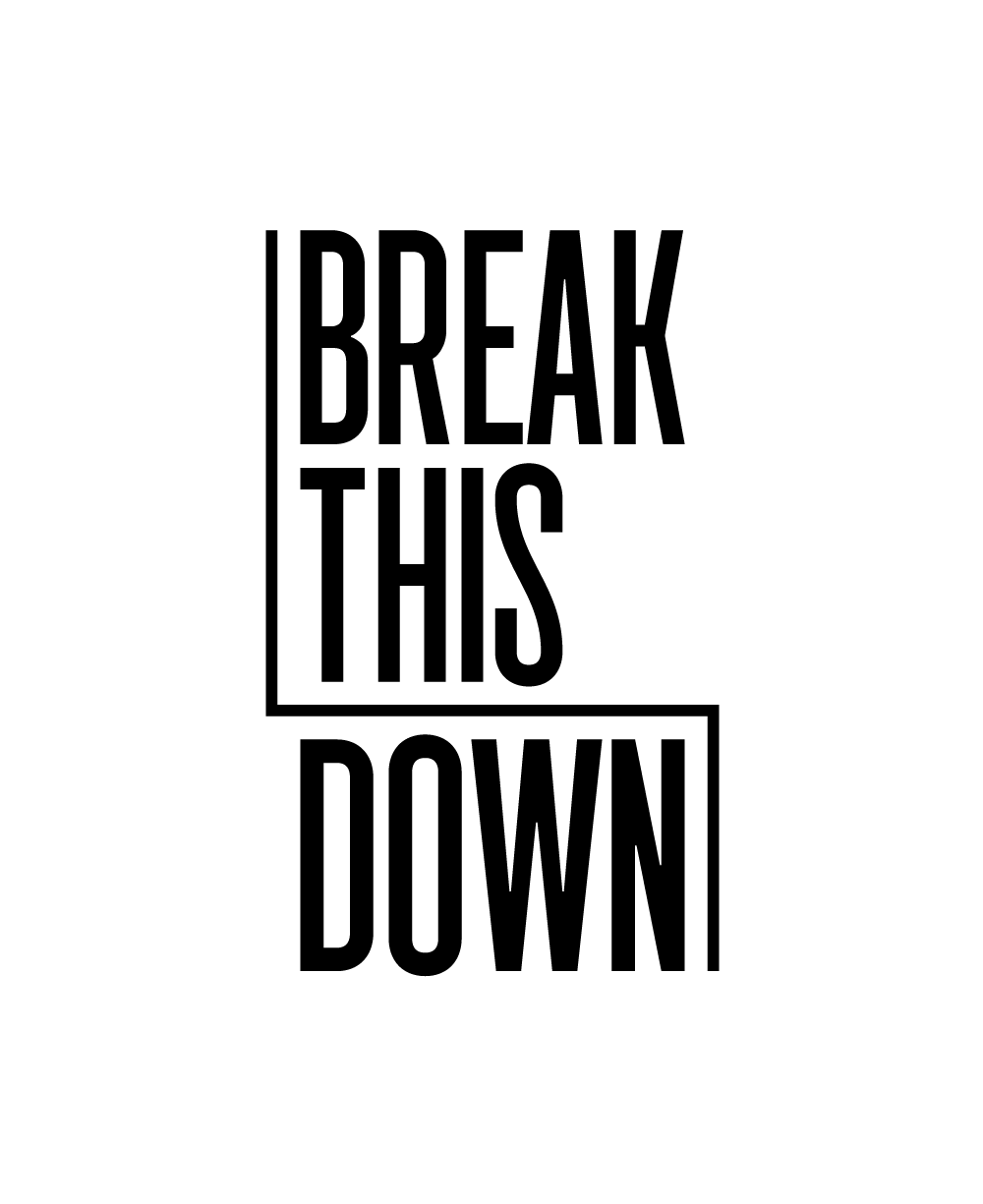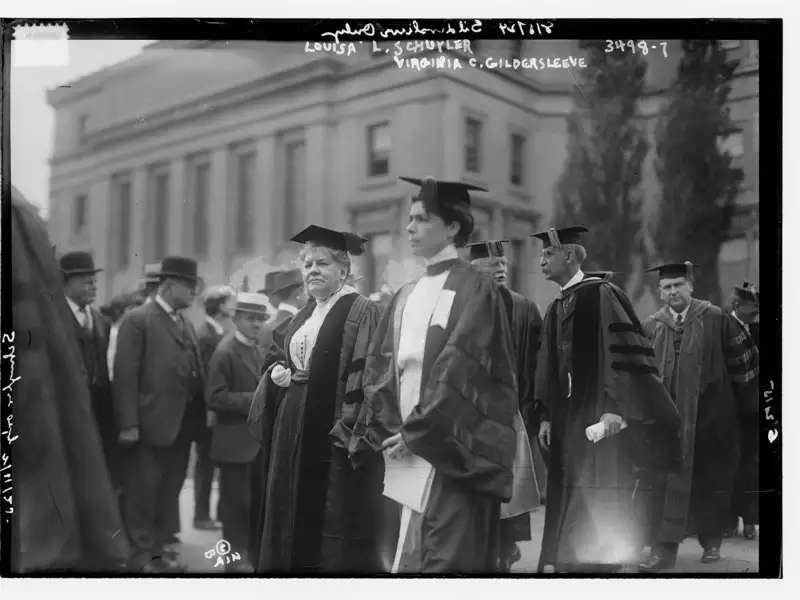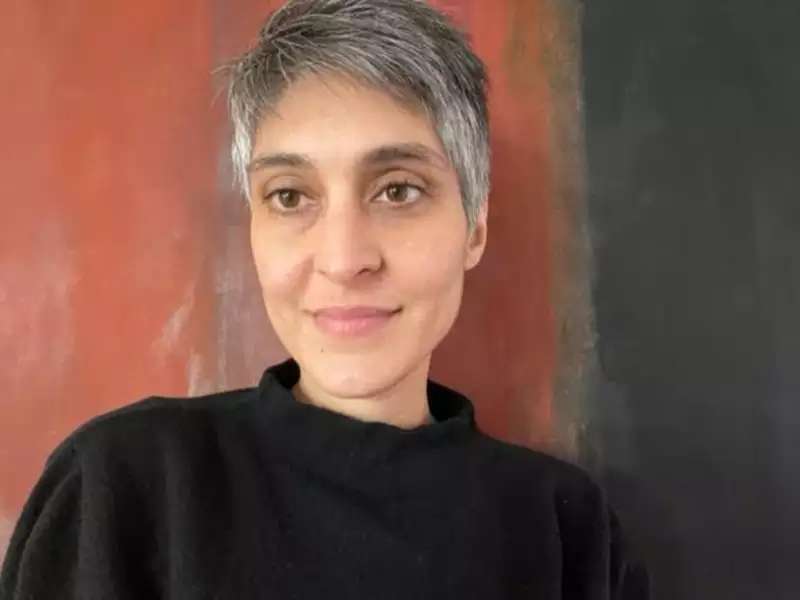Nancy Woloch is a research scholar in Barnard’s History Department who specializes in U.S. women’s history, legal history, and the history of education in the late 19th and early 20th centuries. Her latest book, Women and the American Experience: A Concise History, illuminates the roles that women have played as agents of change from the 17th century to the present.
In this third edition, Woloch writes about the Civil War and emancipation, the COVID-19 pandemic and its impact on women’s health and work, the #MeToo movement, transgender activism, reproductive rights, and the Equal Rights Amendment (ERA).
“The new edition reflects the past decade of publication,” said Woloch.
Woloch has authored several historical books on women, including The Insider: A Life of Virginia C. Gildersleeve, A Class by Herself: Protective Laws for Women Workers, 1890s-1990s, and Early American Women: A Documentary History, 1600-1900. She is also a member of the New-York Historical Society’s Scholarly Advisory Committee.
Learn more about her most recent project — and its survey of women at the forefront of American history — in the Break This Down below.
How has the field of U.S. women’s history changed since the first edition of this book appeared in the 1980s?
The field of U.S. women’s history is always in flux. It has expanded dramatically since the 1980s, and it continues to grow to become more inclusive, more inventive, and more interdisciplinary. A few trends prevail. Over time, women’s history has enlarged its scope. Attention has shifted from a focus on well-known and prominent women — such as Abigail Adams or [former First Lady] Eleanor Roosevelt — to include a far broader range of women, varied in race, region, class, caste, status, and outlook. Also, recent historians have shown women’s roles not solely as witnesses to history or as those affected by historical events but as active participants in whatever historical development is underway.
Does U.S. women’s history have a class bias?
Probably so, but it is always changing. When U.S. women’s history first emerged as an academic field, let’s say in the 1960s, historians dealt mainly with a fairly elite group of women: those who left letters, diaries, tracts, novels, and organizational records. That focus was a form of class bias. Currently, a reverse bias prevails. Historians now seek to represent nonelite groups of women. Over time, an informal balance has emerged.
What is new about the most recent edition?
It devotes a new chapter to the Civil War and to recent scholarship on emancipation. The new edition also covers some major events of the past decade in women’s history — why Hilary Clinton lost the election of 2016, how the women’s movement survived the Trump administration, and how women of various economic levels got through the COVID-19 epidemic. Finally, the new edition discusses some issues that are currently or recently in play: the #MeToo movement, transgender identity, the Dobbs decision and its impact, and prospects for an ERA.
To what extent does the text deal with feminist concepts such as intersectionality, and what examples does it provide?
The texts deal with intersectionality as a concept that arose in legal education in the 1990s and as a form of analysis that takes race, gender, and other factors into account. Students find that the concept applies quite often. Examples include the speech that Black abolitionist Sojourner Truth gave to a women’s rights convention in the 1850s, titled “Ain’t I A Woman?” And the appearance that lawyer Anita Hill made before the Senate Judiciary Committee during the 1991 hearings on the confirmation of future Supreme Court Justice Clarence Thomas. In each instance, intersectionality abounds!
What distinguishes your approach to the synthesis of U.S. women’s history?
As narrator, I stay in the background and let the narrative dominate. I convey my vast regard for scholarship in the field. I am truly awestruck by what historians of U.S. women have accomplished. Finally, I underscore complexity, conflict, and ambivalence. The feminist upsurge of the 1960s, for instance, a movement known for overwhelming achievement, has an underside as well. The spirit of cooperation that pervades feminist endeavor coexists with a spirit of competition. One upshot: Gender equality can magnify class distinctions.





